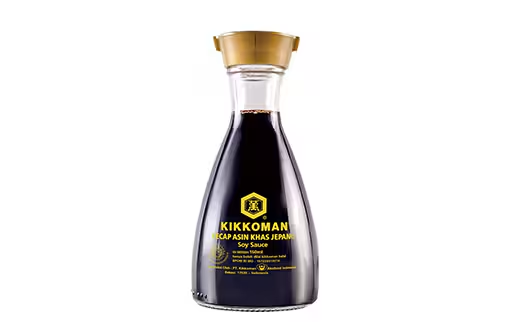Visitors to Sultan Mosque are likely to be captivated by its stunning architectural design. The mosque is believed to be based on the Indo-Saracenic style, which, in simple terms, combines Indian and Islamic features—such as domes, arches, and minarets—with European architectural elements. Its most striking features include the two large, golden onion-shaped domes atop the structure and four minarets at each corner. From the front, one can also observe the low cast iron railings topped with gold-pointed spikes, a detail that is somewhat unconventional for a Middle Eastern-style mosque.
The architecture was designed by Swans and Maclaren, one of Singapore’s oldest architectural firms. They are renowned for numerous iconic buildings in Singapore, including Victoria Memorial Hall, Raffles Hotel, Goodwood Park Hotel, and the Fullerton Building, among others.
Most guided tours or commentaries about the Sultan Mosque highlight the black band located beneath the domes. The story behind this detail is rooted in the mosque’s history: the original mosque, over a century old at that point, was in need of extensive repairs, and its size was no longer sufficient for the growing Muslim community by the early 1900s. Construction of the new mosque took place in two phases from 1924 to 1932 because funding was limited. While the British government contributed some funds, the majority had to come from the community itself. Wealthier members contributed financially, but the less well-off also played their part—by donating items such as empty soy sauce bottles, which could earn them rebates toward the building fund. When the lead architect, Denis Santry, learned of this, he incorporated a ring of soy sauce bottles around the base of the dome as a tribute to the community’s collective effort.
The soy sauce bottles story highlighted a question for the Muslim community. Is soy sauce halal? The fermentation process used to produce soy sauce does result in the formation of a small amount of alcohol, typically around 2-3%. For Muslims, alcohol is prohibited (haram), so this raises questions. However, most Muslim scholars argue that this small alcohol content is a by-product, not an added ingredient, and that the amount consumed as a condiment is minimal, making the alcohol level almost negligible. Nonetheless, some Muslims who adhere to a strict dietary regimen require absolute zero alcohol. Fortunately, many soy sauce manufacturers have addressed this concern by developing halal-certified alternatives. For example, brands like Kikkoman and Lee Kum Kee offer halal versions of soy sauce, identified by labels that indicate their compliance.
A similar quandary exists with perfumes. Western perfumes usually use alcohol to bind the fragrance oils and allow them to evaporate and project the scent. But this is not allowed for Muslims. Along Bussorah Street, there are several boutique perfume shops that sell fragrances in unique bottles and packaging. These products are often artisanal, crafted with oils rather than alcohol, and branded with detailed descriptions of the scent rather than generic product names. These non-alcoholic perfumes are specially made to meet the needs of Muslim consumers—without compromising quality or standards. Customers can simply specify their preferred scent, and expert blendmasters will create a bespoke fragrance suited to individual tastes.
So when you walk along the bustling Kampong Glam precinct, there are many more fascinating nuggets to be gleaned from its history and culture.



Hi, this is a comment.
To get started with moderating, editing, and deleting comments, please visit the Comments screen in the dashboard.
Commenter avatars come from Gravatar.